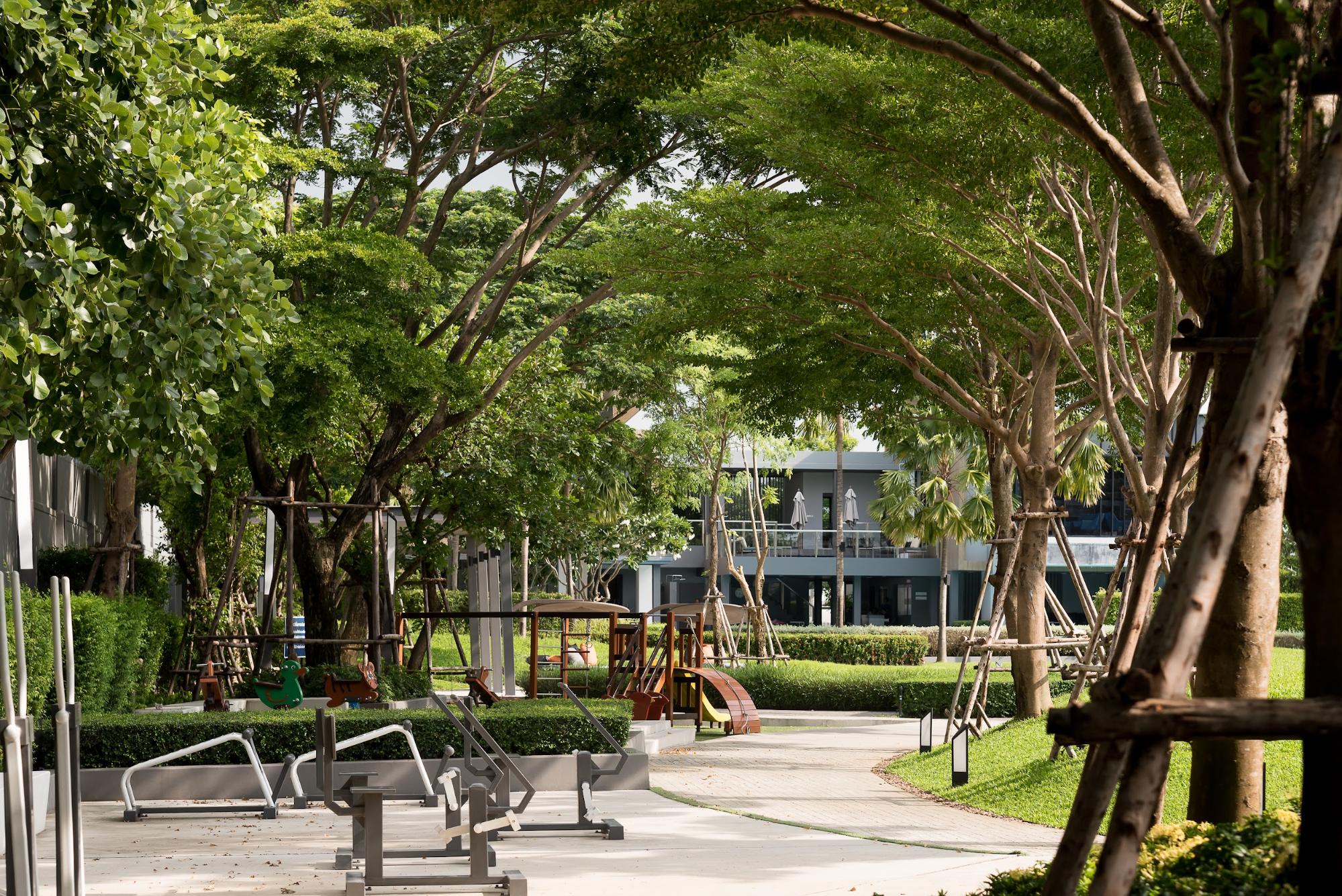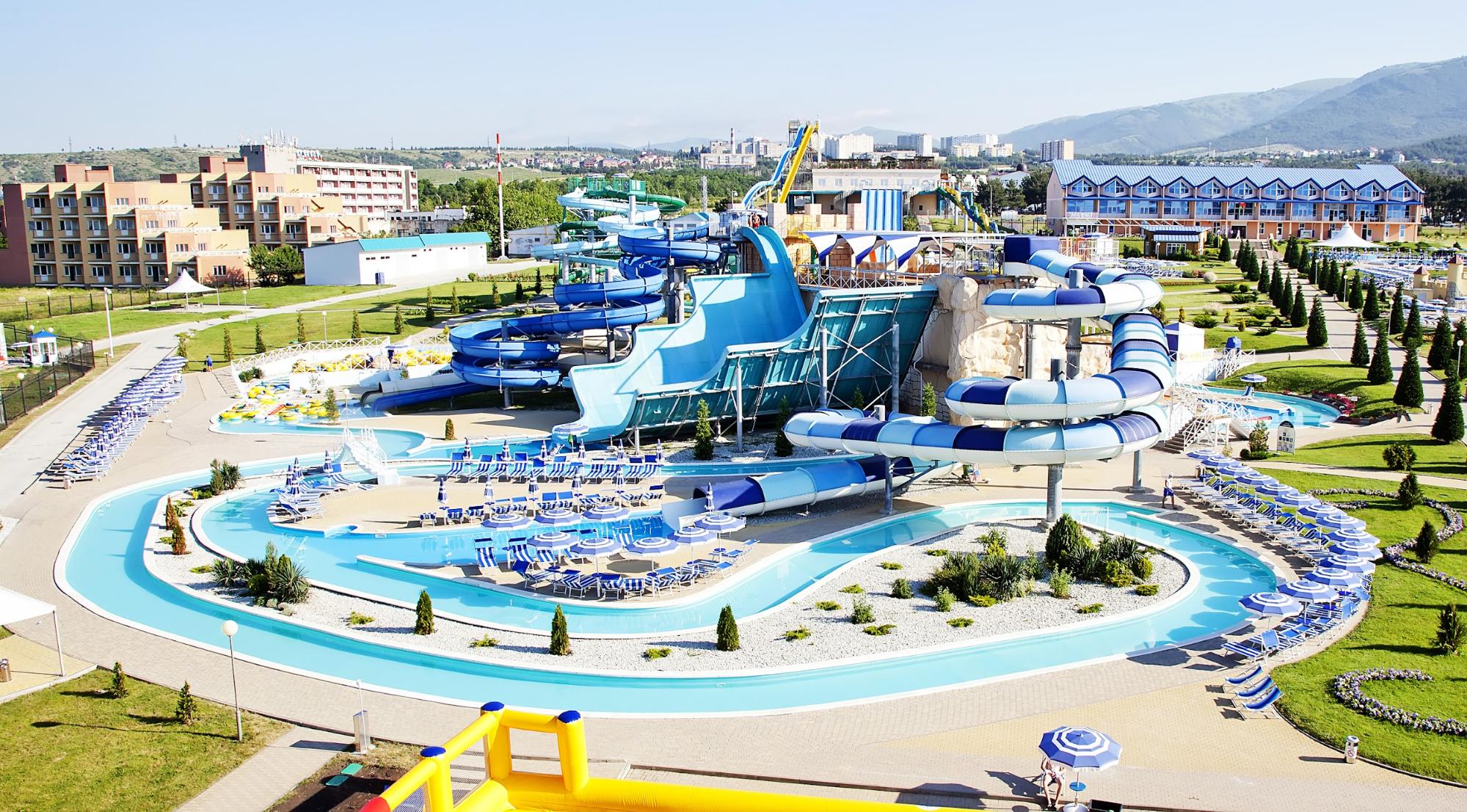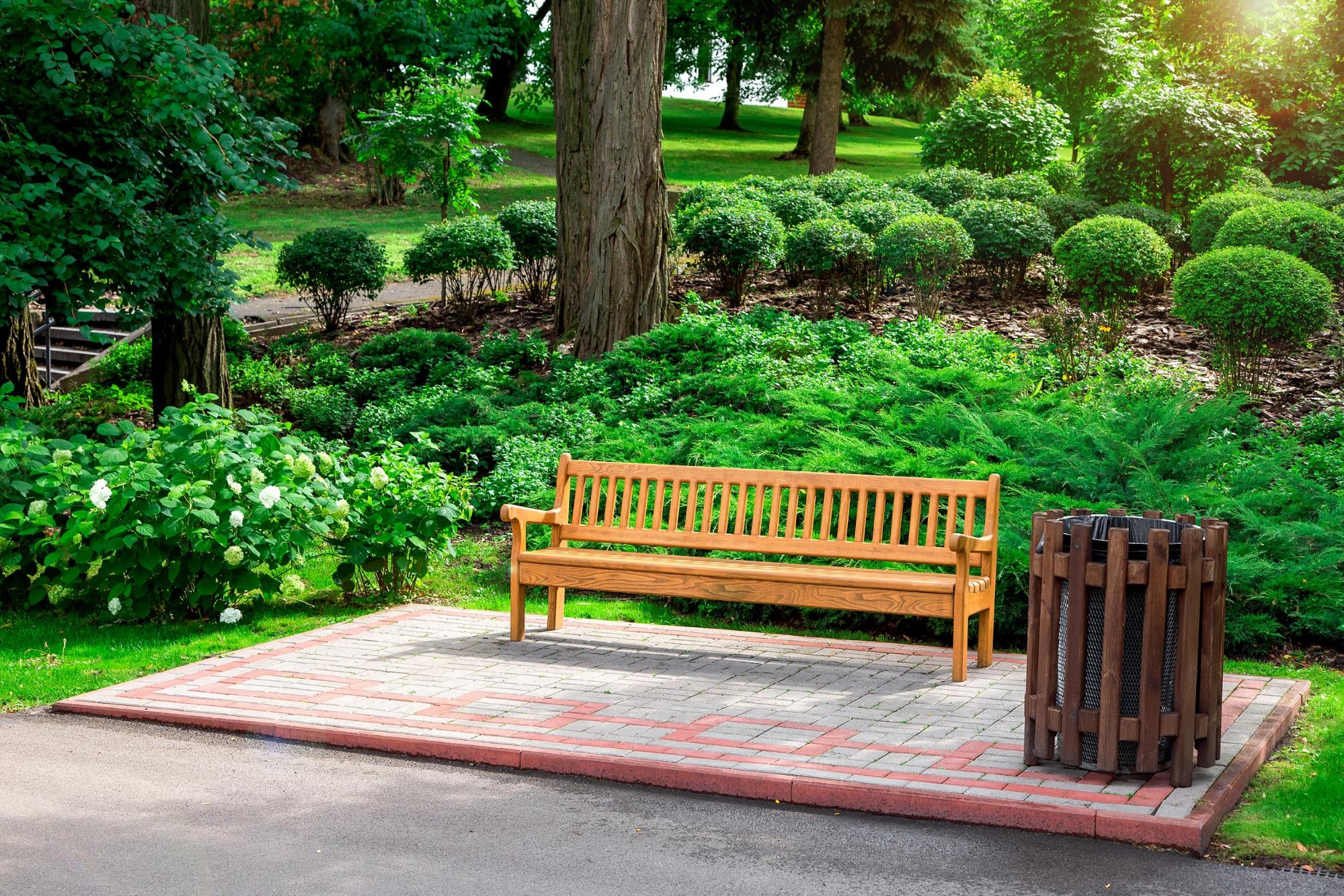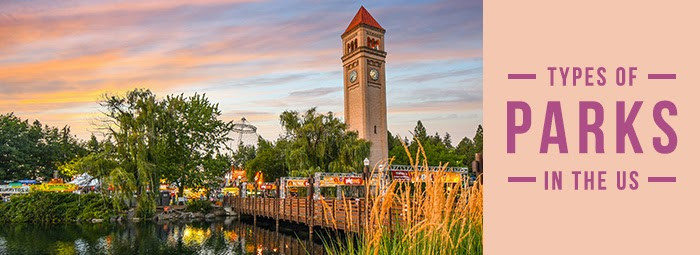Welcome to our guide to the different types of parks in the US. We’ll break down the differences between the different kinds of parks, who funds them, and what they’re used for. By the time you’re done reading, you’ll know not just about parks, but about all the different types of trash bins you can find in them.
What is a Park?
When the word park is used to describe a location, it generally refers to one of two things:
- An area devoted to a specific purpose: an “industrial park.”
- A large public green area in a town, city or municipality that is used for recreation.
For the purposes of this article, we’ll be focusing on the latter of the two.
Public Parks
Public parks are the kind that you’re most likely familiar with. They’re the ones that are publically funded by government taxes, be they city, county, state, or federal. In the case of federally funded ones, they are referred to as “National Parks.”
Here are a few examples of famous national parks and landmarks:
Zion National Park (U.S. National Park Service)
Follow the paths where ancient native people and pioneers walked. Gaze up at massive sandstone cliffs of cream, pink, and red that soar into a brilliant blue sky. Experience wilderness in a narrow slot canyon. Zion's unique array of plants and animals will enchant you as you absorb the rich history of the past and enjoy the excitement of present day adventures.
Yellowstone National Park (U.S. National Park Service)
On March 1, 1872, Yellowstone became the first national park for all to enjoy the unique hydrothermal and geologic wonders. During the month of March, the park is commemorating 25 years since the reintroduction of the wolf to the ecosystem. Read More
Grand Canyon National Park (U.S. National Park Service)
Unique combinations of geologic color and erosional forms decorate a canyon that is 277 river miles (446km) long, up to 18 miles (29km) wide, and a mile (1.6km) deep. Grand Canyon overwhelms our senses through its immense size. The South Rim is open all year. The North Rim is Closed for the Winter.
Channel Islands National Park (U.S. National Park Service)
Channel Islands National Park encompasses five remarkable islands and their ocean environment, preserving and protecting a wealth of natural and cultural resources. Isolation over thousands of years has created unique animals, plants, and archeological resources found nowhere else on Earth and helped preserve a place where visitors can experience coastal southern California as it once was.
Nature Parks
Nature parks are common features in the US. These parks are commonly chosen for hiking, gardens, arboretums, camping, biking, and other outdoor activities. Some parks are maintained by forest rangers and the government, while others might be the purview of a city or county. Nature parks are frequently national parks and nature preserves, occupying many acres of land outside or within city limits.

Urban Parks
Public parks also include urban parks, which are dog parks, swing sets, walking paths, duck ponds, and recreational parks like skate parks. They can be thought of as an oasis in a city. A classic example of an urban park is Central Park. This urban park in Manhattan is the fifth-largest park in the state of New York and is the most visited park in the US seeing something like 37.5-38 million visitors every year. On top of that, it is one of the most filmed locations in the world.
Private Parks
Private parks are often businesses that are run for profit or allow public use at the discretion of the owner of the park. Private parks can resemble nature parks and urban parks in location and recreational use. The most common example of a private park is the amusement park.

Amusement Parks
Amusement parks are defined as, “a large outdoor area with fairground rides, shows, refreshments, games of chance or skill, and other entertainments.” Types of amusement parks include:
Theme Parks
Theme parks usually cater to adolescent patrons and have a unifying theme of rides, refreshments, shows, and entertainment. Disneyland and Universal Studios usually come to mind as an example.

Water Parks
Water parks are private parks with slides, wave pools, and other water-based features for visitors of all ages to enjoy.
Circuses
Traveling parks featuring animals and performers of all types! They have become less common over time as visitors opt for other attractions.
Fairs
Fairs are usually organized by a county or state as an opportunity to enhance and promote local businesses. They typically have local vendors and events for visitors to compete in, in addition to games, rides, and food.
Carnivals
Carnivals are often mobile theme parks with a variety of entertainers, performances and oddities. They resemble fairs and circuses in size, themes, shows, rides, and foods.

Successful Parks
Whether at a public park or an amusement park, being mugged or attacked by a bear is unlikely. The biggest problem is trash and littering. If a park is dirty, people don’t want to come back.
Where there are people, there’s trash. Littering and pollution are huge issues, both globally and locally. Reminding park visitors that disposing of trash in a designated receptacle keeps the space nice for everyone. Give visitors opportunities to throw away the trash, cigarette butts, and pet waste in safe and sanitary ways.Don’t forget to recycle either!
Trash cans are important because keeping parks trash-free is important. They don’t have to be unsightly, our selection has trash cans that can blend in or stand out.
We don’t just supply trash cans, we service other needs for parks too! We have planters that make parks more inviting. Bicycling is a popular park activity and mode of transportation. Make your park a destination for bicyclists by installing bike racks for their convenience. Make your park welcoming with benches, and tables for folks to enjoy lunch in the park without having to share with ants.
Don’t forget about our furry friend either and be prepared for all park visitors with dog park furniture and equipment. Check out our inventory, we have waste receptacles to fit your needs, whether for parks, offices, stadiums, residential, or restaurants.

